About the Australian Opal
What is opalescence? How are opals formed? If you have an interest in Australian opals, you’ve come to the right place. Here, our mission is to separate fact from hearsay and investigate myths and legends about the Australian opal. We aim to provide simple, honest, accurate and helpful information.
It’s difficult to put the allure of an Australian opal into words. When you gaze deeply into a fine opal for the first time, you are transfixed by an alternate reality of forms, colours and light. Turn the stone a little and you are captivated by the fascinating play-of-colour and an apparent depth of field that seems inexplicable when you turn the opal on its side. It is a unique experience. No two opals are alike.
“Fire of the Desert”
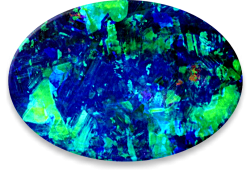
Created when a rainbow touched the earth.
˜ Indigenous Creation Story ˜
Ancient Greeks and Romans were beguiled by the symphonic displays of light and colour. Was it alchemy? It wasn’t until the invention of the electron-microscope in the 1960’s that we began to fully appreciate the nature of opalescence.
In an era before science, people throughout the ancient world believed that opals were imbued with supernatural powers and virtues. According to indigenous Australian folklore, opals – the fire of the desert – were created when a rainbow touched the earth. It should, therefore, come as no surprise to learn that the opal is Australia’s national gemstone[1].
A great deal of research went into the development of this website. Yet, there will always be issues related to opals that we will be unable to explain with absolute certainty. Even the origin of the word ‘opal’ is contentious. Does it derive from the Roman term opalus, the Greek term opallios or the the Sanskrit term úpala? A strong case can be made that the Roman term predates the Greek term. Therefore, it’s likely that opalus. was the root term for opallios. But was the Roman term derived from úpala, the Sanskrit term? Opinions vary.
What remains certain is that Australia produces the finest opals in the world, stones of a quality that would have blown away anybody in the ancient world.
Australia's Primary Opal Fields
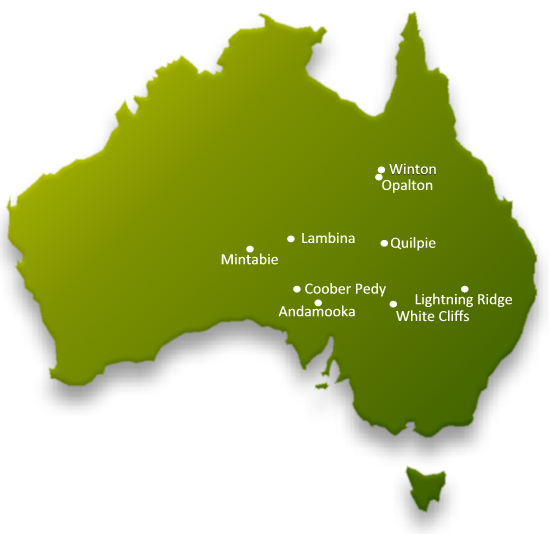
Australian government sources (and others) have estimated that 95-97 percent of the global precious opal supply (including the world’s finest opals) is sourced from Australia[1][3] and that eighty percent of that supply originates from South Australia (the home of the white opal). However, opals are also mined in New South Wales (the home of the spectacular black opal) and in Queensland (the home of the boulder opal).
Apart from its incredible beauty and brilliance, Australian opals are highly regarded for their stability. They are far less likely to be unstable than opals found elsewhere in the world. In other countries opals are associated with volcanic activity and have a high water content that promotes instability. Unstable opals are more likely to crack or craze, and as opals have very little inherent colour, they rely upon light to reveal a play-of-colour across groups of planes formed by microscopic opal spheres.their
Opal Miners are a Special Breed
Miners live and work in remote areas and extreme climates. Folklore abounds about opal miners and the other characters to be encountered at the opal fields, some of it the stuff of legends. However, legends grow and become embellished in the retelling, so sorting fact from fiction can be quite a challenge. Just as indigenous Australian culture and folklore has been handed down in the form of oral narratives, much of the early history of opal mining remains unwritten.
Most miners are eternally optimistic – tomorrow may bring a great discovery, a big win. They are gamblers. In fact, when they’re not working, many can found playing high stakes poker – there isn’t much else to do during downtime in the outback. But miners wager much more than money – opal mining can be a very dangerous business.
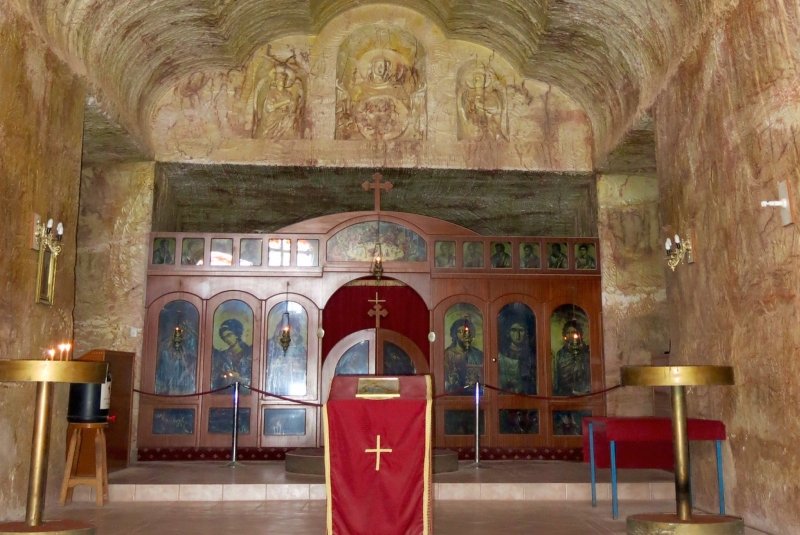

What distinguishes opal miners from the rest is the deep reverence for opals that most develop. After the initial thrill of a great find, there will follow a moment of quite intimacy as the miner stares into an opal, fascinated by its beauty, play-of-colour and uniqueness. Each discovery is a new experience.
It will surprise many to know that Australia’s outback, community of opal miners is incredibly diverse. Miners from Anglo Saxon, Eastern European, Western European, Mediterranean, Asian and Indigenous Australian backgrounds can be found living and working alongside one another in the most remote opal fields
Rainbow Opals - Hidden Treasures (25:30 minutes)
A Brief History of Opal Mining in Australia
Opal mining commenced as a frontier industry, as did the Australian Gold mining industry during the great gold rush of the nineteenth century. However, in many respects opal mining remains much the same today. It is one of the few commercial mining operations that can be undertaken by a miner, working alone, using little more than a shovel, pick and explosives. Today, some mining operations are mechanised, but as one old timer pointed out: “where can you find parts for that bloody thing out here”.
The Australian opal is now believed to be the world’s sixth most popular gemstone[2] – diamond, ruby, sapphire, emerald and tanzanite being the five most popular gemstones respectively. However, on this website, opal always comes first.
Timeline[4][5][6]
- 1849: Geologist, Johannes Menge, becomes the first person to identify Australian opals near Angaston, South Australia.
- 1877: Precious opal mining commences in New South Wales at Rocky Bridge Creek, a tributary of the Abercrombie River.
- 1881: Opal was discovered at Milparinka in the far west of New south Wales.
- 1884: Opal is at White Cliffs, in the far west of New South Wales. Precious opal is discovered in 1889.
- 1885: Boulder opals are discovered at Bull Creek, near Quilpie, Queensland.
- 1880s: Opal is discovered at Lightning Ridge, New South Wales (and in nearby areas). Commercial mining operations commenced in 1901 or 1902 with the sinking of the first shaft. Even though selective open-cut mining is sometimes permitted, underground mining has been and remains the most common mining process employed at Lightning Ridge. Due to the presence of its prized black opals, Lightning Ridge is Australia’s richest opal mining centre.
- 1884: The first opal mining lease for Yowah, Queensland, is registered.
- 1894: Precious opal mining operations commence at Opalton, southwest of Winton, Queensland.
- 1897: Precious opal is discovered at Koroit, Queensland, northeast of Yowah, creating a minor opal rush.
- 1905: The first Lightning Ridge opal rush commences at Sim’s Hill.
- 1908: Mining commences at the Grawin-Sheepyards Opal Fields approximately 70 kilometres west of Lightning Ridge.
- 1915: Precious opals are discovered at Coober Pedy, South Australia, by a fourteen year old boy. Today, Coober Pedy is the world’s largest opal centre, responsible for approximately eighty percent of Australia’s opal production by volume
- 1919: Mining commences at Tintenbar, New South Wales, and continues until 1922.
- 1930: Precious opals are discovered by boundary riders at Andamooka, South Australia. Attempts to keep the find secret are unsuccessful and an opal rush ensues.
- 1976: Large-scale, commercial opal mining operations commence at Mintabie, South Australia, with the introduction of heavy machinery (Indigenous landowners had long been aware of the presence of opals in the region.) In 2017, the state government of South Australia decided to close the town and terminate all residential and commercial leases due to unlawful practises within this remote community.
- 1985: Ground-breaking research undertaken by the Geological Survey of New South Wales – about the Australian opal – guides scientifically informed opal exploration.
- 1989: Mining commences at the newly discovered Coocoran Opal Field near Lightning Ridge.
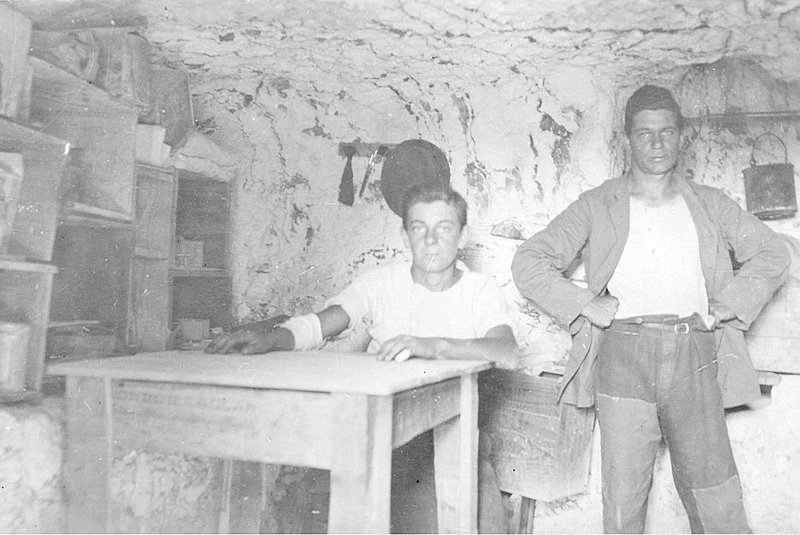
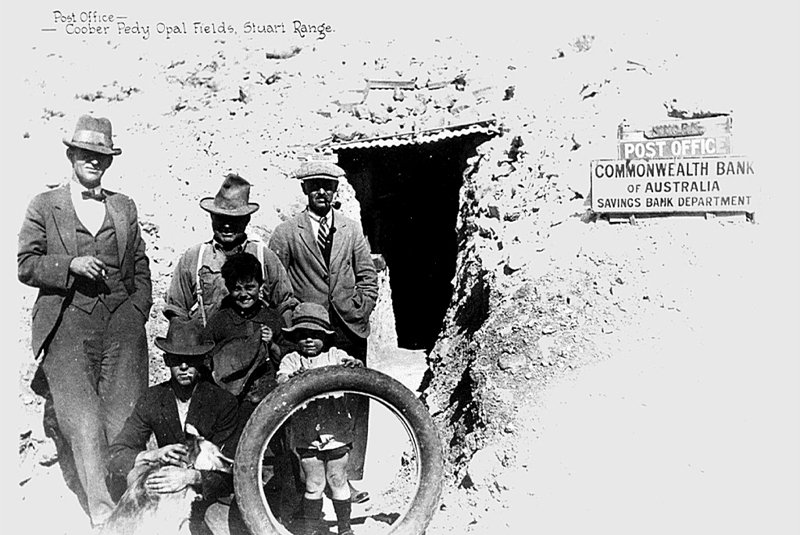
References
- Australian National Gemstone | Department of the Prime Minister and Cabinet. Retrieved 3 January 2020, from https://www.pmc.gov.au/government/australian-national-symbols/australian-national-gemstone
- Rapaport Magazine 2014. A Designer Stone. Last Accessed 23 May 2016
- Smallwood, Anthony. (1997). A new Era for Opal Nomenclature. Australian Gemmologist (1997) 19, 486-496.
- Mining overview – NSW Resources and Geoscience. Retrieved 3 January 2020, from https://www.resourcesandgeoscience.nsw.gov.au/landholders-and-community/opal-mining-for-community/mining-overview2
- Cram, L. (1998). A Journey with Colour (Volumes 1 -4). Lightning Ridge, N.S.W.: L. Cram.
- Cody, A. (1991). Australian Precious Opal. Melbourne: Andrew Cody Pty Ltd.
